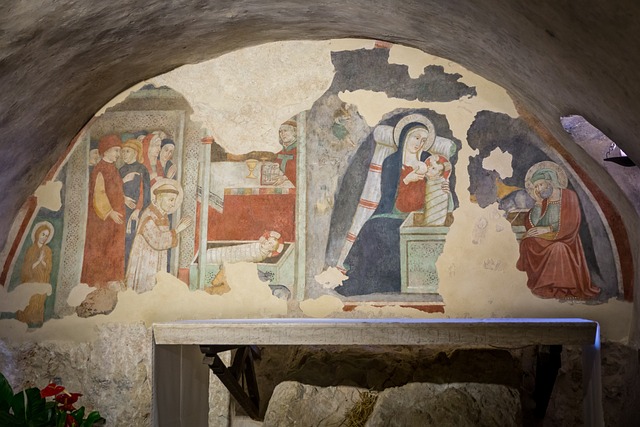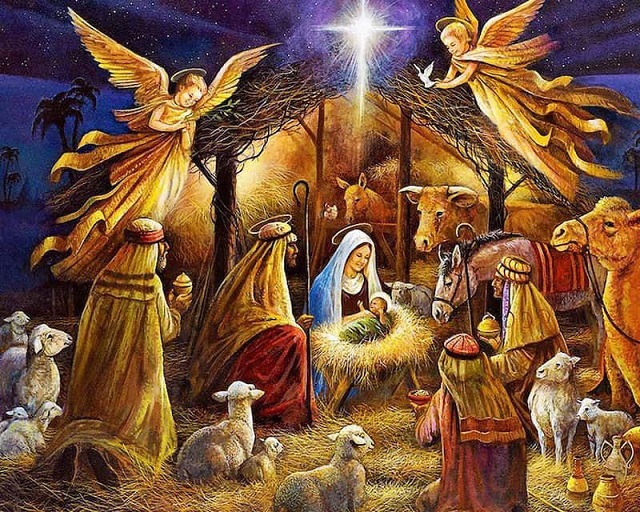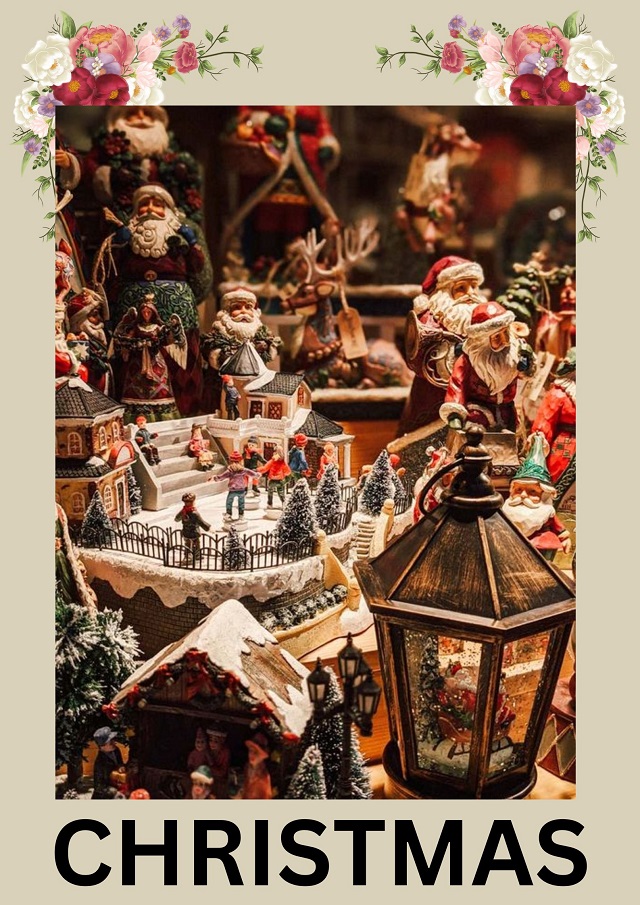Christmas is an annual Christian holiday commemorating the birth of Jesus Christ, celebrated on December 25th. It is a time of joy, family gatherings, gift-giving, and feasting. The holiday of Christmas encompasses both religious and secular traditions. Another These include attending church services, decorating homes and trees with lights and ornaments, exchanging gifts, and sharing meals with family and friends.

Above all Many cultures associate Santa Claus with Nativity, and he is a central figure who brings gifts to children who have been good throughout the year. Christmas, celebrated by millions worldwide, is an overall time of love, peace, and goodwill toward all.
History of Christmas:
Christmas originated in the 4th century AD after the Roman Empire acknowledged Christianity. It replaced the pagan festival of Saturnalia, which was celebrated on December 25th and involved gift-giving and lights.
Over time, Nativity traditions evolved and spread throughout Europe and other parts of the world. In the Middle Ages, Nativity became a major holiday in many European countries, with feasting, caroling, and exchanging gifts becoming popular customs.
In the 16th century Protestant Reformation, some Christians rejected Christmas due to Catholic and pagan ties. But the holiday stayed popular, and in the 19th century, it became widely celebrated worldwide, including in the United States.

Many modern Nativity traditions we know today, such as decorating Christmas trees and sending greeting cards, originated in the Victorian era. The legend of Santa Claus, based on the historical figure of Saint Nicholas, also became popular during this time.
Today, millions worldwide celebrate Nativity as a religious holiday and a secular occasion for gathering with family and friends, exchanging gifts, and spreading goodwill and cheer.
Christmas Other Names:
Many different names in various cultures and languages around the world know Christmas. Some of the most common names for Nativity include:
Other names
- Noel: This is the French word for Christmas.
- Navidad: This is the Spanish word for Christmas.
- Weihnachten: This is the German word for Christmas.
- Natale: This is the Italian word for Christmas.
- Jul: This is the Scandinavian word for Christmas.
- Рождество (Rozhdestvo): This is the Russian word for Christmas.
- 圣诞节 (Shèngdàn jié): This is the Mandarin Chinese word for Christmas.
- 성탄절 (Seongtanjeol): This is the Korean word for Christmas.
- क्रिसमस (Krismas): This is the Hindi word for Christmas.
- عيد الميلاد (Eid Milad): This is the Arabic word for Christmas.
When was Jesus born:
The exact date of Jesus’ birth is still being determined, as it was not recorded in historical documents then. However, many scholars believe he was likely born sometime between 6 and 4 BC.
Christian Church picked December 25th for Jesus’ birth celebration, but why is unclear. Some historians suggest it aligned with the pagan festival of Saturnalia, celebrated concurrently, involving feasts and gift-giving.

Regardless of the exact date of Jesus’ birth, the celebration of Nativity serves as a reminder of the Christian belief that God became human in the form of Jesus and that his birth marked the beginning of a new era of hope and salvation for humanity.
How is Christmas celebrated?
Christmas has diverse global celebrations with common traditions like gift-giving, caroling, decorating trees, and feasting.
- Decorating: People often decorate their homes and trees with lights, ornaments, and other festive decorations.
- Gift-giving: During Christmas, it is common for people to exchange gifts with friends and family as a way to express their love and affection towards them.
- Feasting: Nativity is a time for enjoying special foods and drinks, such as turkey, ham, eggnog, and Christmas cookies.
- Religious services: For Christians, attending church services is an important part of the Nativity celebration, with many churches holding special Christmas Eve or Christmas Day services.
- Caroling: Singing Nativity carols is a popular tradition in many countries, with groups going from house to house or singing in public places.
- Santa Claus: In many cultures, the legend of Santa Claus is a central part of the Nativity celebration, with children leaving cookies and milk for him on Nativity Eve and waking up to find presents under the tree.
- Giving to charity: Christmas is also a time to give back to those in need, with many people donating to charities or volunteering to help others.
When we celebrated Christmas:
People typically celebrate Christmas on December 25th each year to commemorate the birth of Jesus Christ, which is one of the most important Christian holidays.
Different cultural traditions worldwide vary in how they celebrate Christmas, but exchanging gifts, decorating a Christmas tree, and gathering with loved ones for a festive meal are common customs.
Some people attend religious services, like midnight Mass on Christmas Eve, while others include Santa Claus in their celebrations, with him bringing gifts to well-behaved children.
Nativity is a time of joy and goodwill that many eagerly anticipate each year.
Where we celebrated Christmas:
Many countries celebrate Christmas, and the traditions and customs vary depending on their culture and religion. Some of the countries that widely celebrate Nativity include:
- United States
- Canada
- United Kingdom
- Australia
- New Zealand
- Germany
- France
- Italy
- Spain
- Mexico
- Brazil
- Philippines
- Japan
- South Korea
- India
- South Africa
- Nigeria
Above all These are just a few examples of the many countries where Nativity is celebrated. While the specific traditions and customs may differ from place to place, the underlying message of love, peace, and goodwill towards all remains the same.
What is the reason for celebrating Christmas:
The reason for celebrating Nativity varies depending on one’s religious or cultural background. For Christians, Nativity commemorates the birth of Jesus Christ, who is believed to be the Son of God and the savior of humanity.
Christians believe Jesus’ birth brought hope, peace, and salvation. Nativity celebrates God becoming human through Jesus, signifying a new era of hope and redemption for humanity, as told in the Bible.
In addition to its religious significance, Nativity has become a cultural holiday that people of all faiths and backgrounds celebrate. Nativity is a time to spread love and joy and come together with loved ones to enjoy the festivities.
Nativity promotes peace, love, and kindness and reminds us to treat others with compassion and respect, regardless of beliefs.
6 ways to produce Nativity about Jesus:
Here are six ways to produce Nativity about Jesus:
- Attend a Christmas Eve service: Many churches hold special services on Christmas Eve, which often include readings from the Bible, singing of hymns, and other religious observances. Attending a Christmas Eve service can be a meaningful way of focusing on the holiday’s religious significance.
- Read the Nativity story from the Bible: The story of Jesus’ birth is told in the Bible, and reading this story can help remind us of Christmas’s religious significance. Families may read the story together as part of their holiday traditions.
- Incorporate religious decorations: Decorating with nativity scenes, crosses, or other religious symbols can help to keep the focus on the religious aspect of Nativity. It can be a simple and subtle way to bring the religious meaning of Nativity into the home.
- Volunteer or donate to a charitable cause: Jesus’ message of love and compassion for others can be put into action by volunteering or donating to a charitable cause during the holiday season. Also It can be a way to honor Jesus’ teachings and give back to the community.
- Sing religious Christmas carols: Many Nativity carols have religious themes and lyrics, and singing these songs can be a way to keep the focus on the holiday’s religious significance. Caroling with family and friends can also be a fun and meaningful way to celebrate the season.
- Practice kindness and forgiveness: Jesus’ message of love, forgiveness, and compassion can be practiced by treating others with kindness and forgiveness during the holiday season. Also It can be a way to honor Jesus’ teachings and spread his message of love and peace to others. For more articles click here 21hashtags.
